Last Updated: 20/05/2025
Turkish Van Breed Guide
Do you own a Turkish Van or thinking of getting one, this is the guide to read!
Author: Dr Susan Nguyen BVSc
Reading Time: 13 minutes - short read
Not to be confused with the Turkish Angora, Turkish Vans are a naturally-occuring breed originating from the Lake Van region of ancient Armenia, now modern-day Turkey. They are known for being unfazed by water, earning them the nickname, 'swimming cats', as well as their curiosity, distinct colourings and plumed tails.
The Turkish Van's coat is often described as having a rabbit or cashmere-like texture that is water-resistant and lacks an undercoat. Having adapted to the weather extremes of the mountainous regions in which they originate, they are seasonal shedders, whereby their coat remains thick during the cooler months, but sheds during the warmer months to leave a thinner, shorter coat.
Contents:
Best Toys for Turkish Van Cats
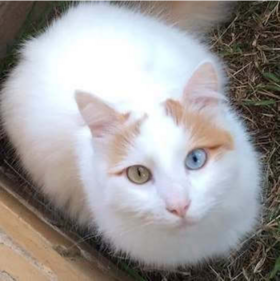
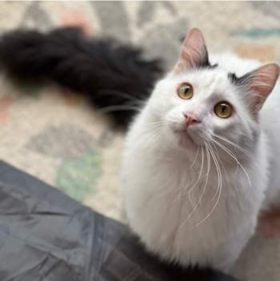
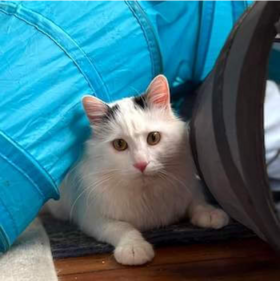
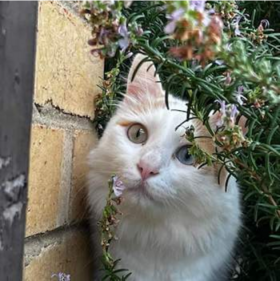
Photo credit: Furvana Turkish Vans via Facebook
Turkish Van Facts
| Place of origin: | Life Expectancy: | Other names: |
| Ancient Armenia, now modern-day Turkey | 12 to 17 years | Vancat, swimming cat |
| Energy level: | Tendency to vocalise: | Coat colours: |
| High | High | Black, red, blue, cream or tortoiseshell colouring on head and tail, with an otherwise chalk-white body (known as 'Van pattern') |
| Coat type: | Size: | Eye Colour: |
| Medium length | 5.5-7.5kg (males), 5.0-6.5kg (females) | Blue, light amber or odd-eyed (one blue and one light amber) |
| Shedding factor: | Overall grooming needs: | Temperament: |
| Moderate, seasonal | Moderate | Active, playful, highly intelligent and suitable for training. |
Turkish Van History
Although their exact date of origin remains unknown, various artistic depictions and written descriptions of what is believed to be the ancient Turkish Van can be found peppered throughout history. Thus it is believed that this breed has existed for thousands of years. In fact, legend has it that there were even Turkish Vans aboard Noah's Ark.
Their modern-day history begins in 1955, when a pair of British photographers were undertaking work for the Turkish Ministry of Culture and Tourism. They were gifted the first breeding pair of Turkish Vans to be exported internationally, with a limited number of additional cats being exported in the years to come. It was not until 1969 that Turkish Vans were officially recognised as a breed by the Governing Council of the Cat Fancy (GCCF).
Unfortunately, only a few Turkish Van breeders remain in Australia, making them increasingly rare to encounter.
Turkish Van Personality

Turkish Vans are known for their active lifestyles and keen minds. As such, they are great candidates for training, and could even be harness-trained for leisurely outdoor walks. They would benefit from a living space that allows for high-reaching perches (and maybe even a cat exercise wheel), and plenty of time for games of fetch or teaser toy fishing.
Best Toys for Turkish Van Cats
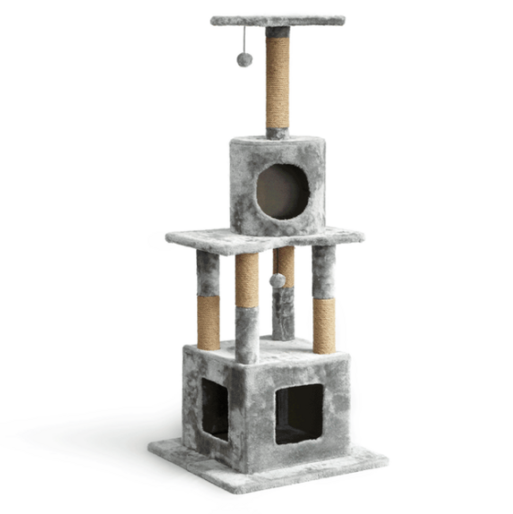
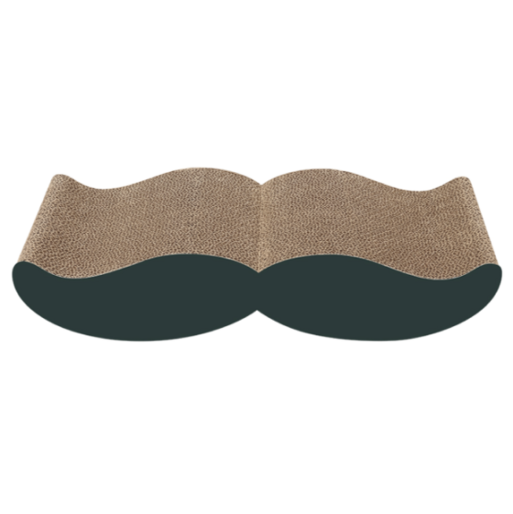
Health Concerns
Being a naturally-occurring breed that has developed without human intervention for years, Turkish Vans are not genetically predisposed to the health problems that are linked to other cat breeds. That being said, they are not immune from issues that commonly affect cats in general, like periodontal disease or kidney disease. Regular health checks with your veterinarian are vital for ensuring the health of your cat.
Another interesting feature of this breed is that they are actually genetically coloured cats with large, white spots, rather than white cats with small, coloured spots. This is due to the piebald gene, and hence Turkish Vans have no tendency to the inherited deafness that can affect white cats.
Diet and Nutrition
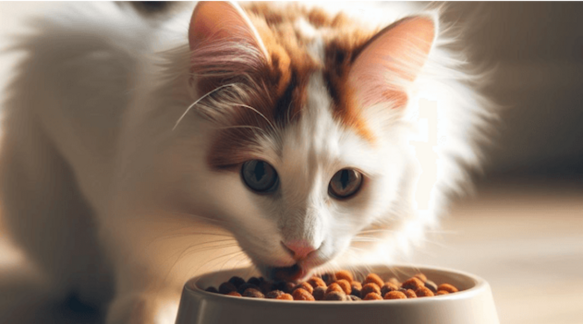
Turkish Vans would benefit from a premium quality diet that is complete and balanced.
Because of their shedding tendencies during the warmer months, a hairball-specific diet may be necessary to reduce issues with hairballs. These diets are formulated with additional fibre to help move hair through the digestive tract, as well as ingredients to support skin and coat health.
As with all cats, a combination of wet and dry food or investing in a water fountain can help with your Turkish Van's hydration levels and support urinary tract health.
Top dry foods for Turkish Vans
Top Wet Foods for Adult Turkish Vans
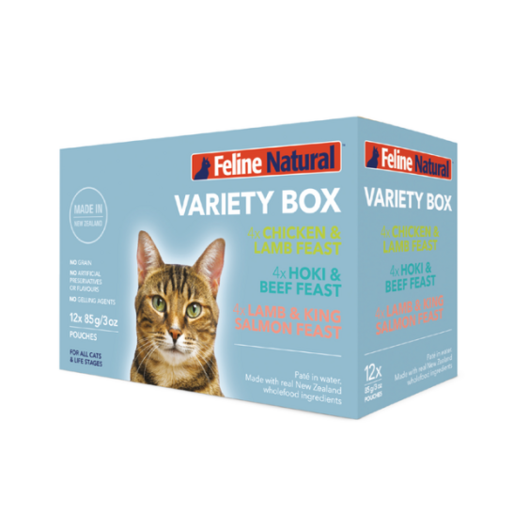
Grooming
Brushing your Turkish Van's coat will be even more important during the warmer months. Through regular grooming, not only will less fur be shed around your home, but less will be ingested by your cat when self-grooming.
Top grooming products for Turkish Vans
Further Reading
Want to read more? Check out our other articles:
Teach Your Cat to Walk on a Lead
Want to know more? Check out our Discover Page for more tips on keeping your pets happy and healthy.